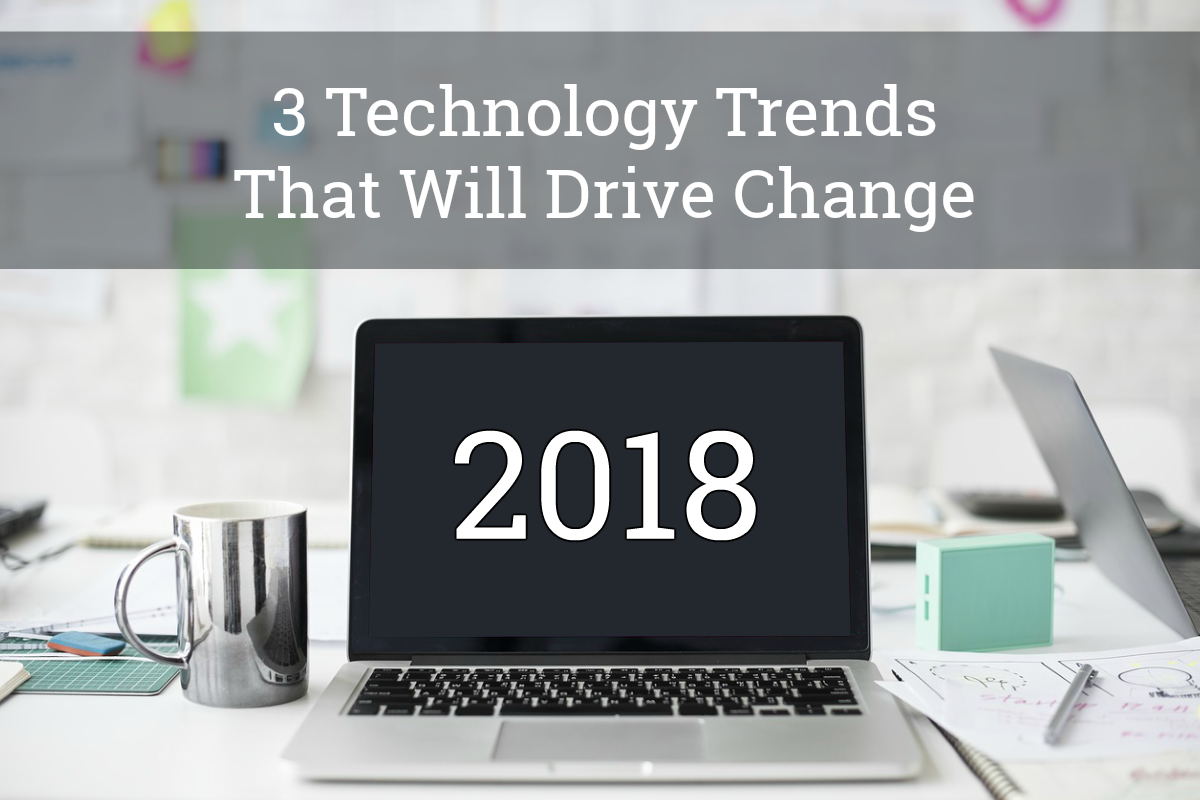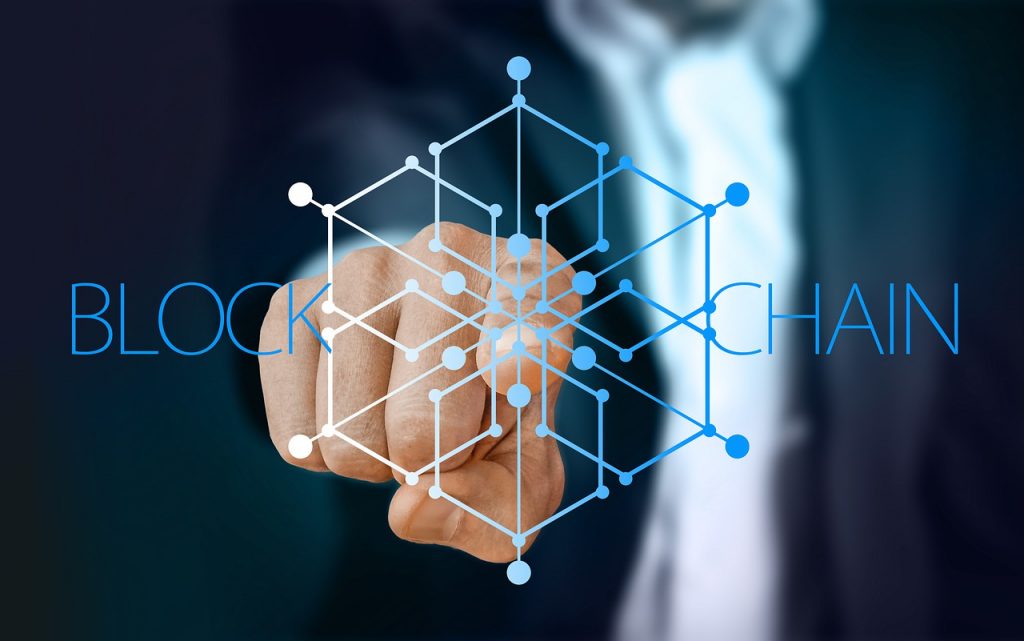
Another year has gone by and here at Investintech, we can proudly look back at 2017. Able2Extract Professional 12 was successfully released on December 6th after a year of hard work and commitment to delivering the best possible PDF productivity tool. All-around improvements and new features were steps in the right direction according to the feedback we’ve been getting from users all around the world.
That being said, the work is never over when you’re in the technology business. Exciting new possibilities and ideas are constantly emerging and you can bet that we’re on the lookout for those that can help us make yet another great piece of PDF productivity software in 2018.
While we are trying to find out how we can make Able2Extract even better, we’re inevitably getting a good sense of technological innovations that are emerging on the horizon. That’s why there’s no better time than the beginning of the year to make some educated guesses on what to expect when it comes to the impact and change technology will have on our lives.
2018 certainly promises to bring the biggest tech improvements and opportunities for individuals as well as companies that will drive that change forward.
Artificial Intelligence and Machine Learning

Through AI algorithms, machines are developing capabilities that, until recently, have been reserved only for humans. These machines can now see and recognize objects and faces, read and understand text, and even listen and speak. With every new interaction and experience, they are learning and becoming more human-like, making our everyday tasks easier.
Machines are capable of learning fast, gathering and processing vast amounts of data and information in order to come up with solutions that we can exploit professionally. Businesses will increasingly use AI to make better decisions, simulate business models, understand customer behavior, and make almost risk-free investments.
The changes that AI will bring will make technology fit better into our lifestyles. We will experience the rise of voice search, home interfaces, and social bots that will communicate with us in a human-like manner.
AI will soon be embedded into every gadget we use and organizations will adopt solutions based on machine learning to automate as many processes as they can. With the pace of development speeding up, it remains a question of how will we adapt to these changes.
Blockchain Technology

Blockchain technology has a major issue when it comes to the implementation of Bitcoin: scalability. However, in other areas, those concerns can be addressed effectively and lead to the replacement of intermediary parties by offering secure commercial transactions with risk and power distributed equally across participants in the network.
Expect to see huge developments in platforms using Blockchain technology to solve fundamental challenges, and become the most important tool for secure, transparent, and decentralized business dealings. Furthermore, companies will use Blockchain to prove their social responsible claims and earn trust with customers. From being utilized in just a few spheres at the moment, this method may soon be able to hold ledgers in government, banking, healthcare, content distribution, manufacturing, supply chain, and more.
Virtual, Augmented, and Mixed Reality
Virtual Reality can be used as an umbrella term for VR, AR, and MR, but there are differences between these technologies:
- Virtual Reality – technology that gives you a perception of being in a different, computer-generated world, completely replacing what you see and hear
- Augmented Reality – digital objects are supplementing real-world environment (the most known example of AR is Pokemon GO)
- Mixed Reality – this technology makes virtual objects “understand” physical surroundings and render accordingly
In 2018, VR/AR/MR applications will be able to improve almost anything we do in our day-to-day lives.

Heads Up Displays (HUDs) and AR glasses can be used for better traveling and shopping experiences by real-time translating signs and converting currencies, for example. With AR, virtual objects can appear in the real world and real objects can change size and color in an alternate reality. Not only that, but virtual stores can follow you wherever you go, and information you need can pop-up without you asking for them. Or, imagine looking through the eyes of a football player while listening to the cheering crowd and eating a hotdog at the stadium. And all of that will fit right into your pocket!
Most of us think of a virtual reality experience as an individual and isolating one. Nevertheless, VR in 2018 may be used for family visits to museums and abroad without anyone ever leaving their home.
With Microsoft HoloLens (Mixed Reality Windows device), business meetings can look like a scene from a Sci-Fi movie, complete with holograms walking and talking to each other in a real-world office.
All 3 of these trends are taking their own path, trying to solve problems and avoid numerous pitfalls in order to bring change into the life of individual users. For now, these technologies have proven useful and successful in niche industries and controlled areas. However, there’s a lot more work still yet to be done because big changes rarely come without opposition, whether it’s government regulation or consumer resistance, to name just a few.
One thing that’s certain–all of these trends will continue to break boundaries and find its way into our everyday life. The process is unstoppable. It’s just a question of whether or not one year will be enough to see it happen.



